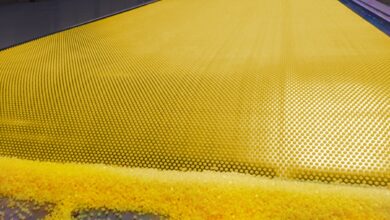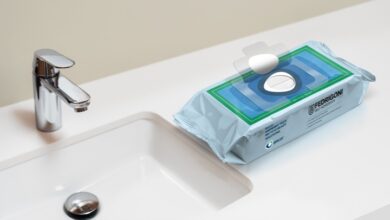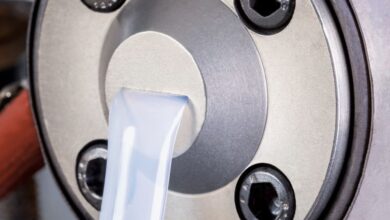Vietnam plastic pail industry anticipated to grow amid rising adoption of bioplastics

Iranpolymer/Baspar According to Future Market Insights, Inc. (FMI), the plastic pail market in Vietnam is predicted to surge from US$ 70.3 million in 2023 to US$ 97.2 million by 2033. Over the assessment period, plastic pail sales in Vietnam are expected to rise at a CAGR of 3.3%.
Several factors are expected to drive demand for plastic pails in Vietnam during the forecast period. These include multiple advantages of plastic pails, expansion of end-use industries, and e-commerce boom.
Plastic pails, due to their unique characteristics and features, are gaining immense traction across Vietnam. Consumers prefer them over alternatives such as metal-based pails due to their multiple advantages.
Plastic pails are chemically inert, flexible, and resistant to deformation. They are also lightweight and durable, which is fueling their adoption. On the other hand, metal-based alternate pails often create issues while transporting hazardous chemicals due to the possibility of chemical reactions.
Metal pails are also susceptible to wear and tear and can lose their original shape during transportation. This can cause a reduction in space efficiency. However, for plastic pails, these are very minimal.
Plastic pails are corrosion-resistant by default. These factors give an added advantage to plastic pails over alternate materials. Manufacturers can adopt these pails to improve their revenue share.
The plastic pails business in Vietnam is experiencing a unique shift in the preferences of end-users based on capacity. Lighter plastic pails are gaining huge traction in the country. There are multiple reasons for this trend.
Using large plastic pails can result in leftovers. These leftover products finally lead to waste, and this creates concerns for consumers. Adopting lighter packages reduces the amount of leftovers and keeps the efficiency of use. Businesses such as cosmetics, paint, and food are adopting these packaging techniques to attract consumers.
Key Takeaways from the Report:
– Plastic pail revenue in Vietnam is set to reach US$ 97.2 million by 2033.
– Sales of plastic pails in Vietnam are expected to expand at a CAGR of 3.3% through 2033.
– Based on material, the HDPE segment is anticipated to total revenue of US$ 37.8 million by 2033.
– By end-use, the paints, industrial coatings, and chemicals segment is expected to progress at a 4.3% CAGR through 2033.
– Based on capacity, the below 18 L segment is anticipated to expand at a 4.2% CAGR, totaling US$ 38.9 million by 2033.
“Adoption of plastic pails in chemical and pharmaceutical sectors, driven by their lightweight nature, robust strength, and easiness to transport and store products, is expected to boost Vietnam’s plastic pail business during the forecast period,” says Ismail Sutaria, Principal Consultant at Future Market Insights.
Plastic Pails with Metal Handles Trending in Vietnam
The handles in new plastic pails have a good value on the safety of the products inside the packaging. Due to poor quality, the handle can break and lead to a spill or damage to the products that it carries. Adopting efficient handles such as metal handles reduces the risk of breakage of the handle.
The connection between plastic pails and the handle is often weak and can lead to the detachment of the handle from the pail during transportation. Adopting techniques that ensure the strength and quality connection between the pail and handle provides security to the product. Manufacturers are adopting soft material coating for comfortable handling while transporting heavyweight-packaging goods.
Growing Adoption of PET-based Pails in Vietnam Boosting Growth
PET-based pails are expected to gain huge traction in the current and future periods in Vietnam. Compared to HDPE pails, PET pails have several advantages. For instance, they are less costly than HDPE pails, and consumers who are sensitive to pricing can adopt PET-based pails.
Thanks to their transparent nature, food, pharmaceuticals, and cosmetic sectors are adopting PET-based pails. This will enhance the visibility of the products inside it, and consumers can do visual inspection efficiently.
The manufacturing process for PET plastic is less complex than for HDPE plastics. As a result, manufacturers adopt PET for mass-scale production. In addition, due to the good temperature resistance capacity, these pails are highly adaptable to store hot products to a certain extent.
industrysourcing






